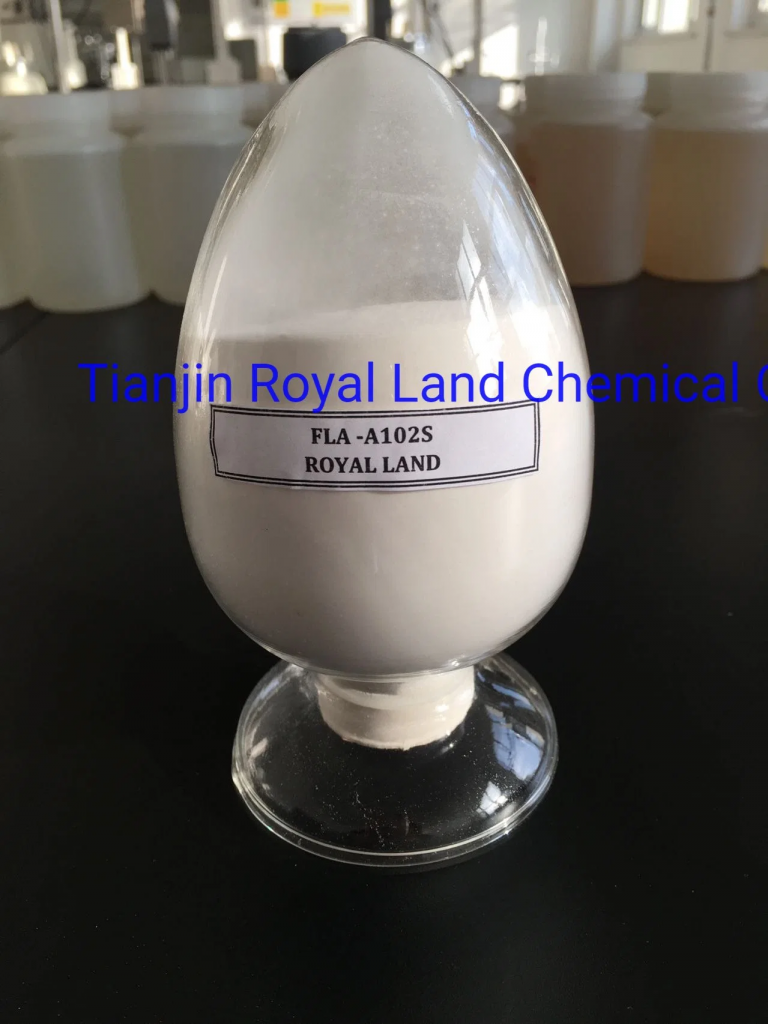Understanding Cement Fluid Loss Additives in Oilfield Operations
In the gas and fuel market, cementing represents a critical position in well construction and integrity. Cement substance loss additives are an essential element of concrete slurries applied to protected wellbores and prevent fluid migration. This information provides an in-depth knowledge of cement fluid loss chemicals and their significance in ensuring the success of properly cementing operations.
The Problem of Substance Reduction:
Fluid loss during cementing may result in different issues, such https://dicoenergy.com/ as missing circulation, sacrificed zonal solitude, and wellbore instability. Cement slurries without fluid loss chemicals might not perform optimally in sealing the annular space involving the casing and formation.
How Cement Fluid Reduction Ingredients Work:
Concrete liquid reduction additives are designed to reduce the charge of filtrate reduction from the cement slurry. They develop a buffer or filtration dessert on the wellbore wall, blocking exorbitant Cementing additives reduction while still allowing the concrete to create and harden effectively. That ensures the reliability of the well.

Forms of Liquid Reduction Additives:
There are different types of water loss additives, including cellulose-based polymers, synthetic polymers, and different specialty additives. Every type has its unique qualities and is plumped for on the basis of the specific effectively problems and cementing requirements.
Advantages of Applying Liquid Loss Additives:
The advantages of adding fluid reduction chemicals in to cement slurries are numerous. These additives increase the rheological attributes of the cement, enhance stability, lower the risk of channeling, and contribute to zonal isolation. They are crucial in addressing the problems of high-temperature, high-pressure (HTHP) problems and stopping substance migration.
Difficulties and Concerns:
While substance reduction ingredients provide significant benefits, their collection and request should be carefully considered. Facets such as for instance well heat, force, and development traits may play a role in determining the absolute most acceptable additive for a given well.
Conclusion:
Concrete substance reduction chemicals are crucial methods for ensuring the achievement of well cementing operations in the fat and gas industry. By lowering water reduction, these additives contribute to wellbore strength, zonal isolation, and the long-term efficiency of fat and gas wells. Proper choice and software of substance reduction ingredients are necessary to deal with the initial issues shown by each well.